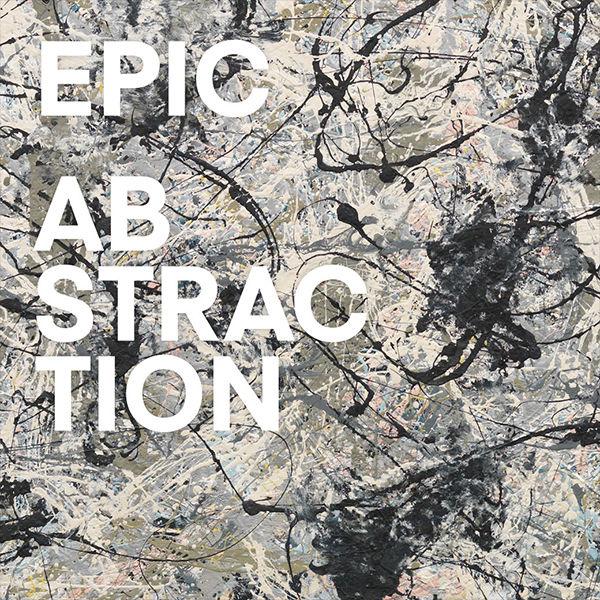Number 28, 1950
Artwork Details
- Title: Number 28, 1950
- Artist: Jackson Pollock (American, Cody, Wyoming 1912–1956 East Hampton, New York)
- Date: 1950
- Medium: Enamel on canvas
- Dimensions: 68 1/16 in. × 8 ft. 8 13/16 in. (172.9 × 266.2 cm)
- Classification: Paintings
- Credit Line: The Muriel Kallis Steinberg Newman Collection, Gift of Muriel Kallis Newman, in honor of her grandchildren, Ellen Steinberg Coven and Dr. Peter Steinberg, 2006
- Object Number: 2006.32.51
- Rights and Reproduction: © 2025 Artists Rights Society (ARS), New York
- Curatorial Department: Modern and Contemporary Art
Audio

2084. Jackson Pollock, Number 28, 1950
Gallery 919
RANDY GRIFFEY: Number 28 by Jackson Pollock is one of his signature so-called “drip paintings.” And, in a way, create a chaotic maelstrom of activity that consumes the viewer. There's no central gravitational pull; an obvious resting spot for you as a viewer.
NARRATOR: If you look at the bottom right corner, in the area around the artist’s signature, you can begin to appreciate the intricacy of the painting—from the variety of drips and splashes, to the color palette. Curator Randy Griffey.
RANDY GRIFFEY: If you look very closely you can see the black and the white, which predominate, but interwoven within the black-and-white webs, are pale blue; there are even hints of pink, throughout, and this medium-tone, gray-green.
NARRATOR: Covering the canvas from edge to edge, the infinitely diverse strands of paint provide visual evidence of the revolutionary way that Pollock approached his canvas. Among his innovations was using viscous house paint rather than more traditional oils or acrylics.
RANDY GRIFFEY: Pollock began painting on the floor of his studio, so you have to imagine him standing up and over his canvas with his buckets of paint and his brushes and even sticks he used, to whip and to drip these lines of paint over the full 360 degrees around the perimeter and into the large canvas on the floor.
Pollock’s drip paintings give a great sense of Pollock in the act of performance, as a painter, through these grand gestures of painting. But when you spend time with Pollock’s work, you get a very clear sense of how actually controlled it is. And his facility for different kinds of marks and effects, that he can reproduce in different contexts.
NARRATOR: As revolutionary as Pollock’s drip paintings may have been, they did not come out of a vacuum. He had been a mural painter and was familiar with both American and Mexican muralists. In a way, drip paintings allowed Pollock to reinvent the mural, abandoning its historical, cultural, and narrative traditions for a completely abstract vocabulary.
More Artwork
Research Resources
The Met provides unparalleled resources for research and welcomes an international community of students and scholars. The Met's Open Access API is where creators and researchers can connect to the The Met collection. Open Access data and public domain images are available for unrestricted commercial and noncommercial use without permission or fee.
To request images under copyright and other restrictions, please use this Image Request form.
Feedback
We continue to research and examine historical and cultural context for objects in The Met collection. If you have comments or questions about this object record, please contact us using the form below. The Museum looks forward to receiving your comments.
